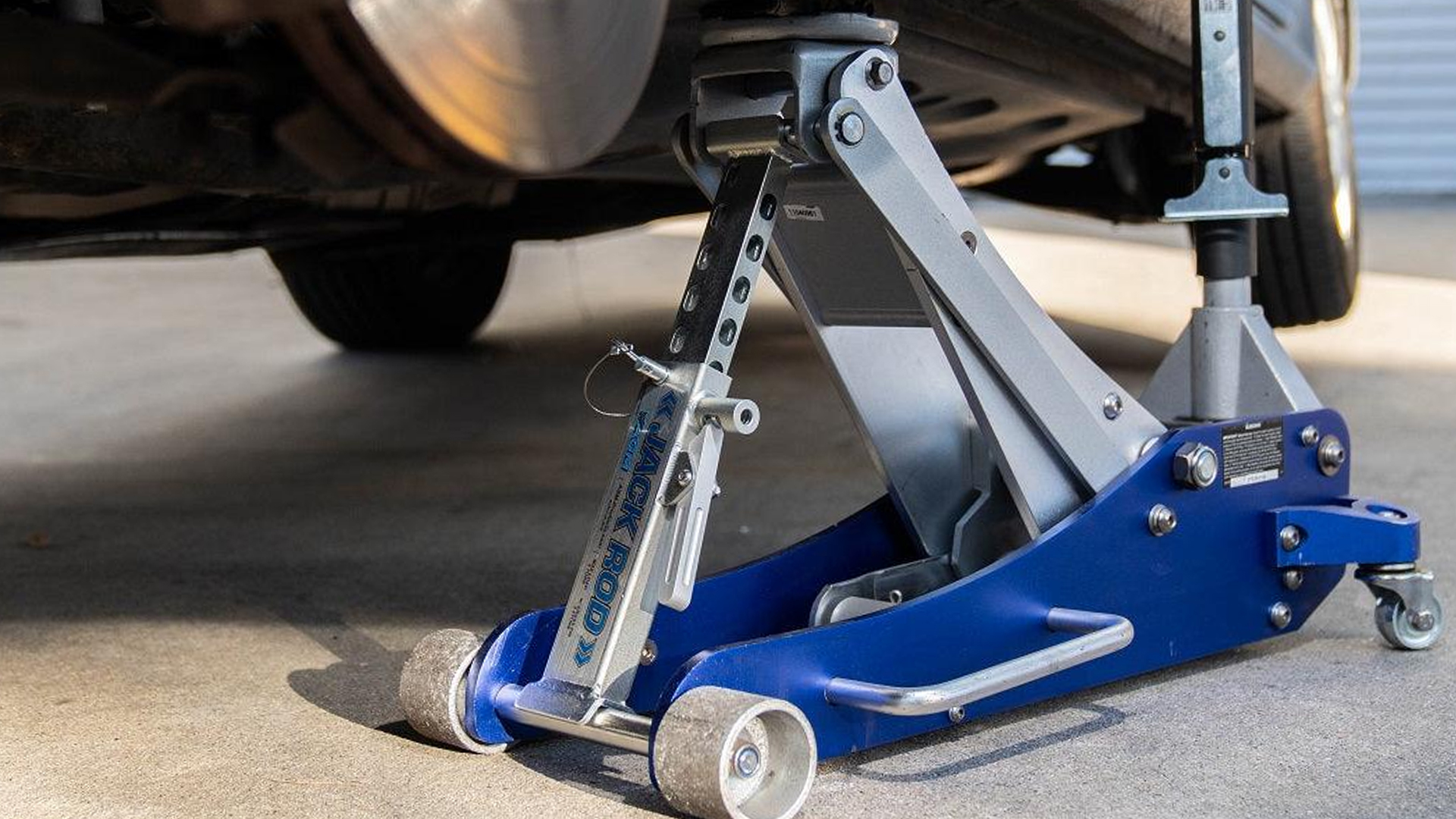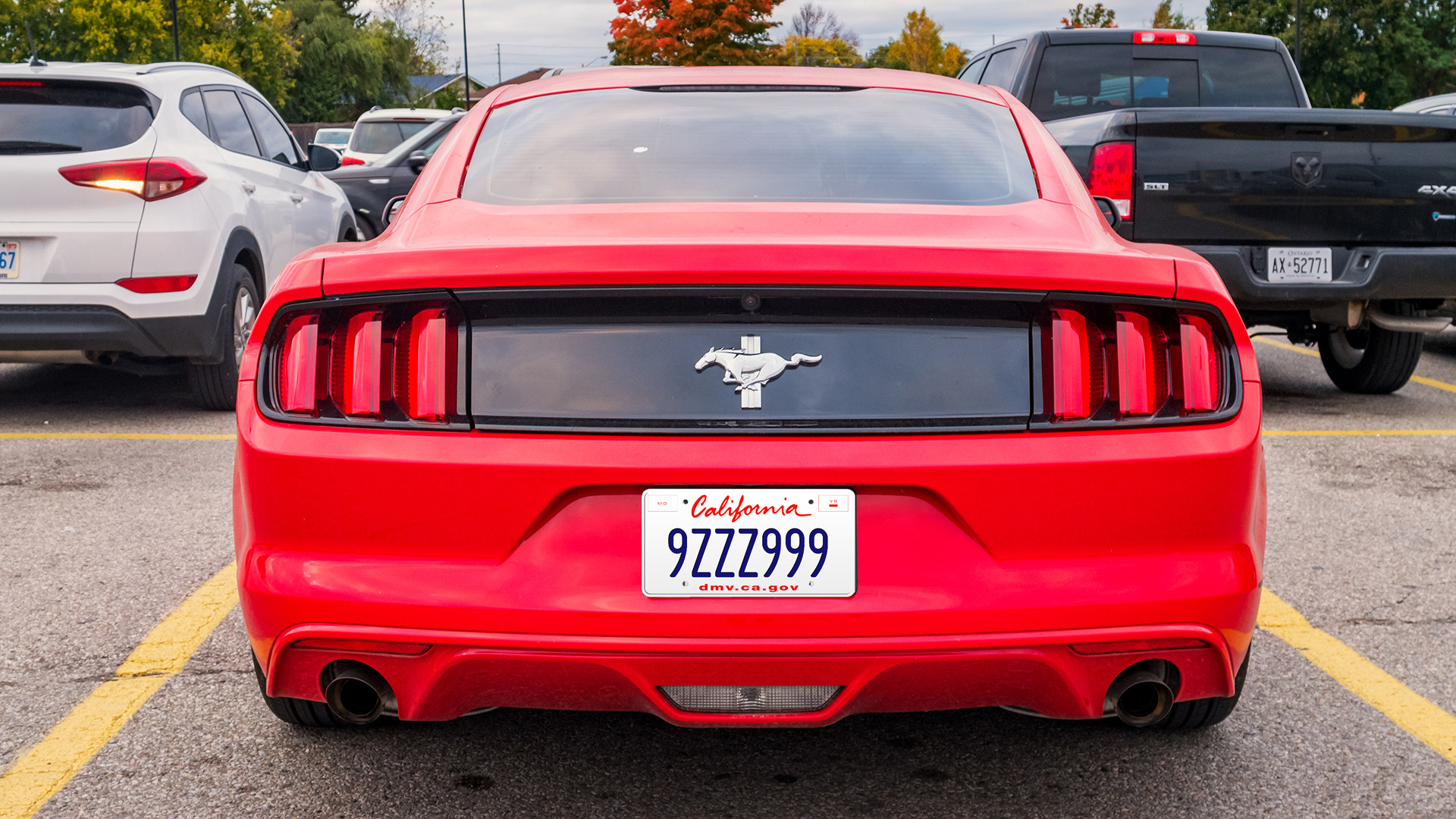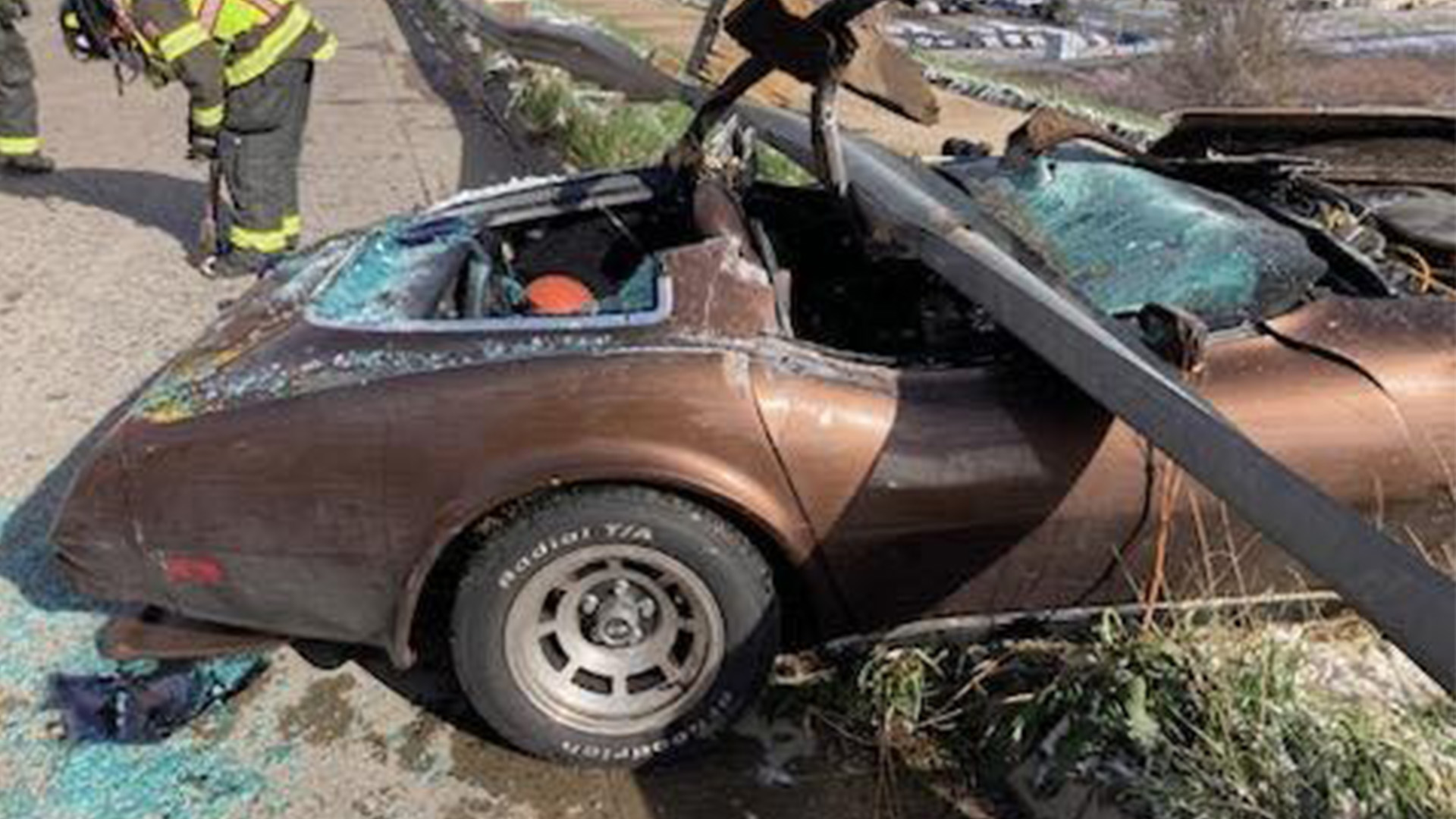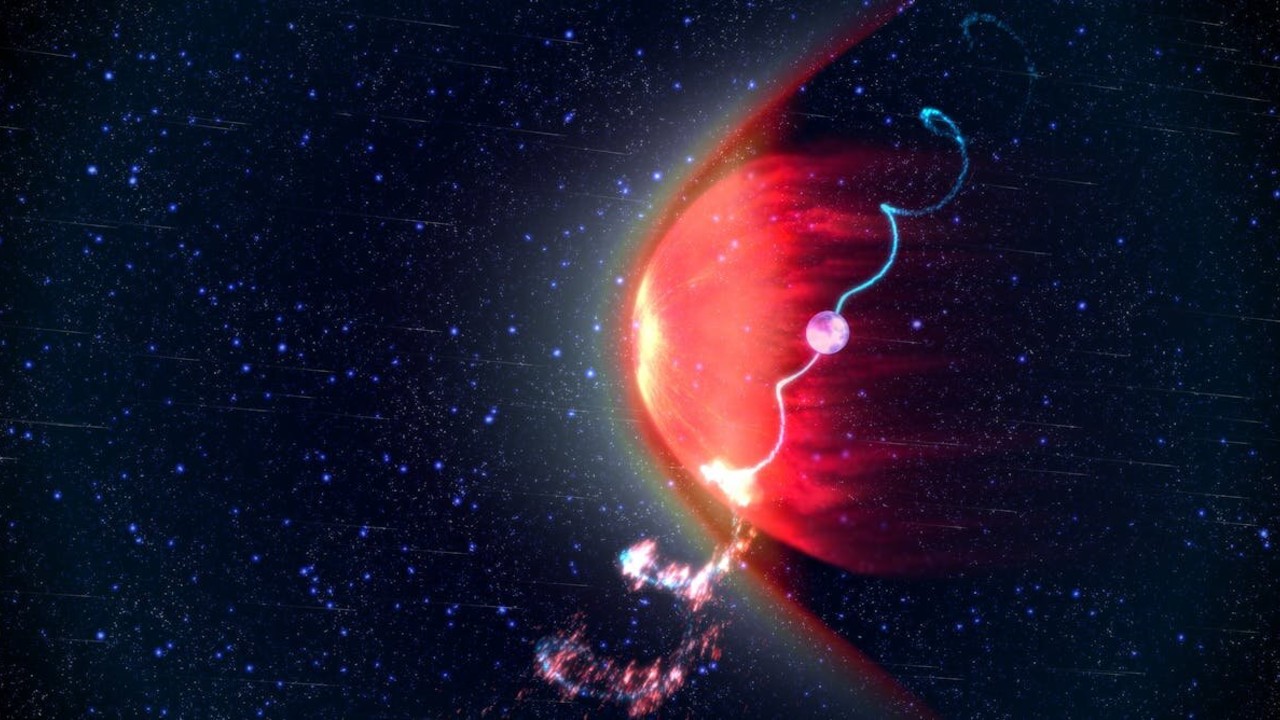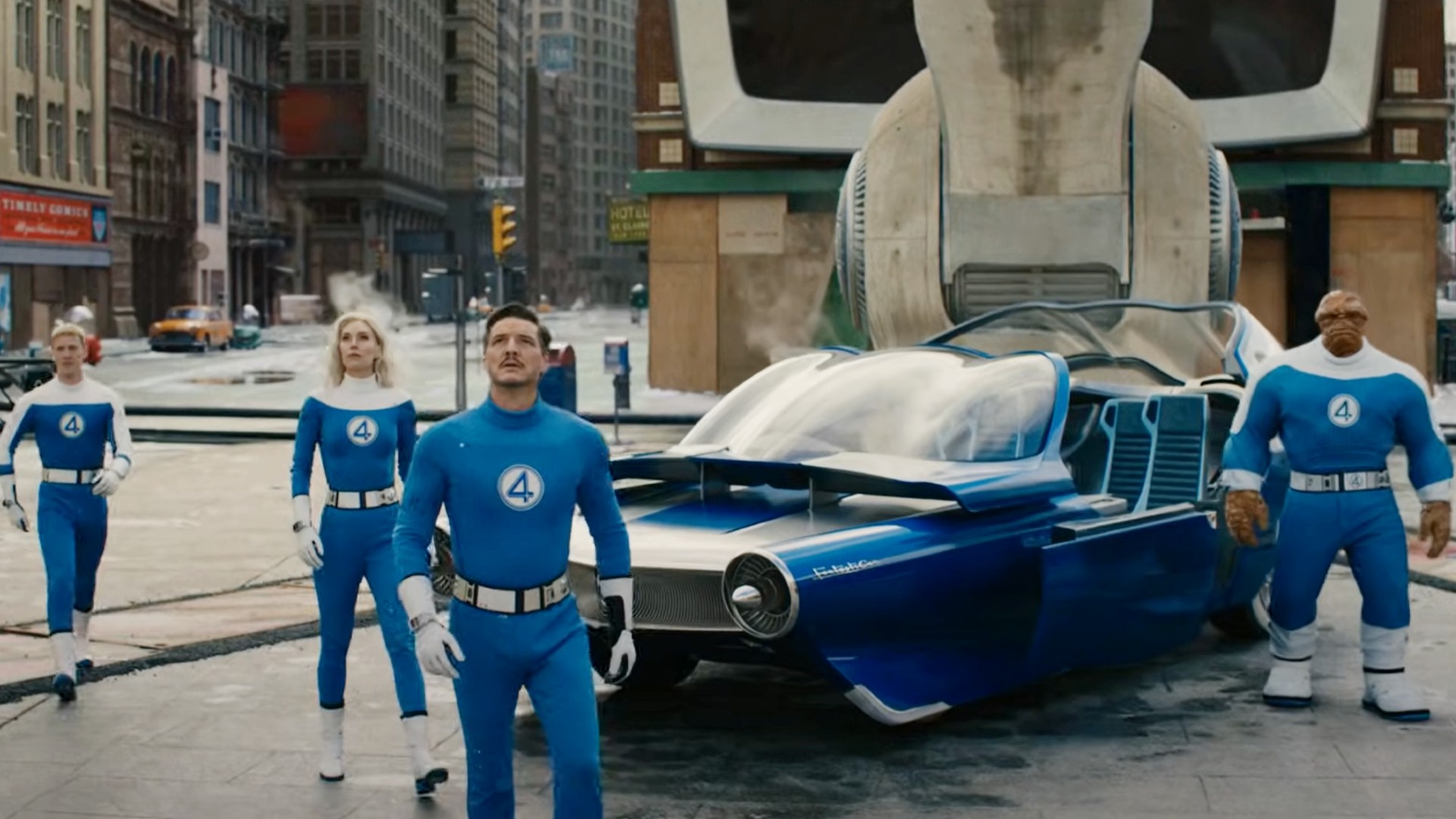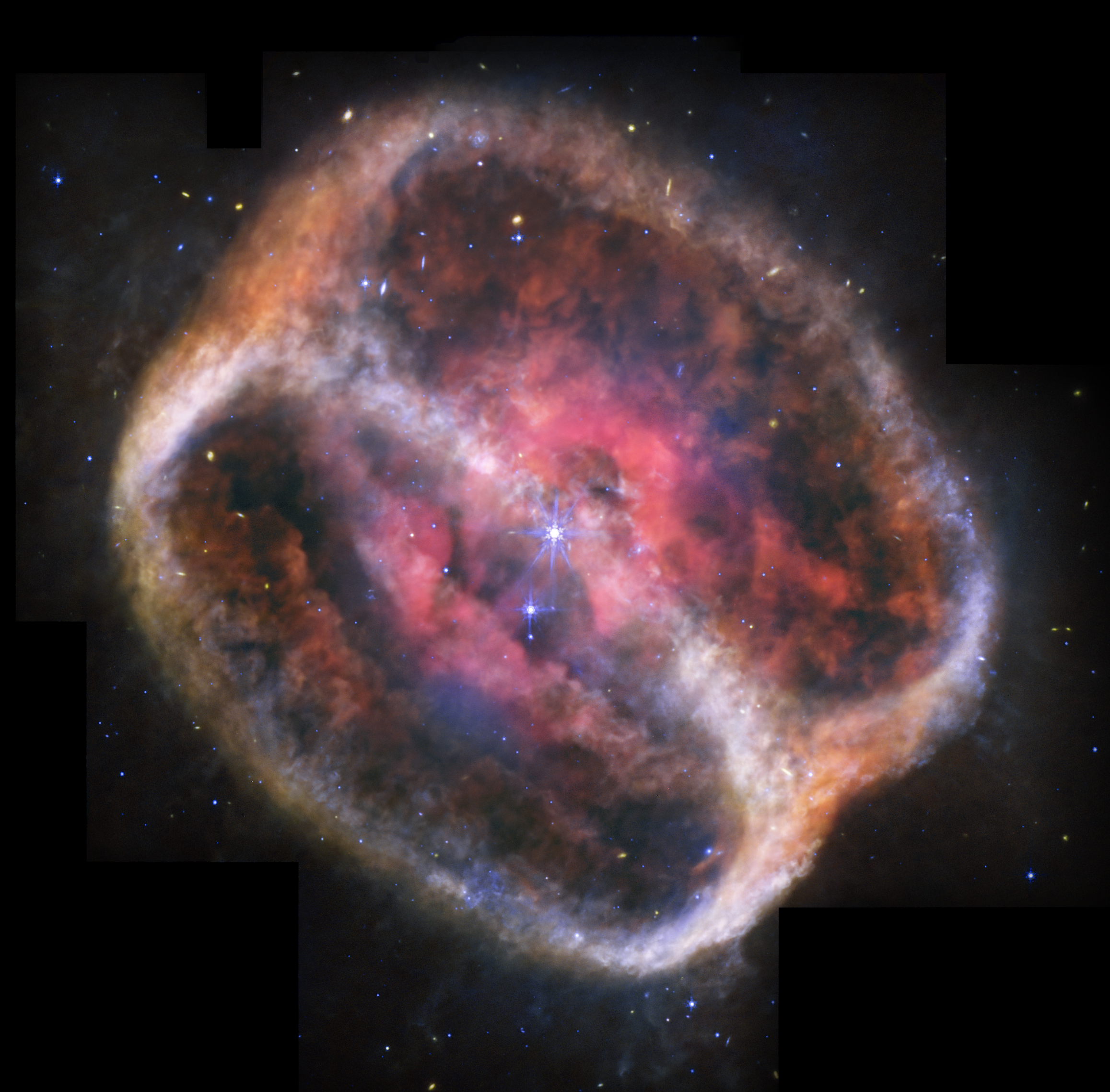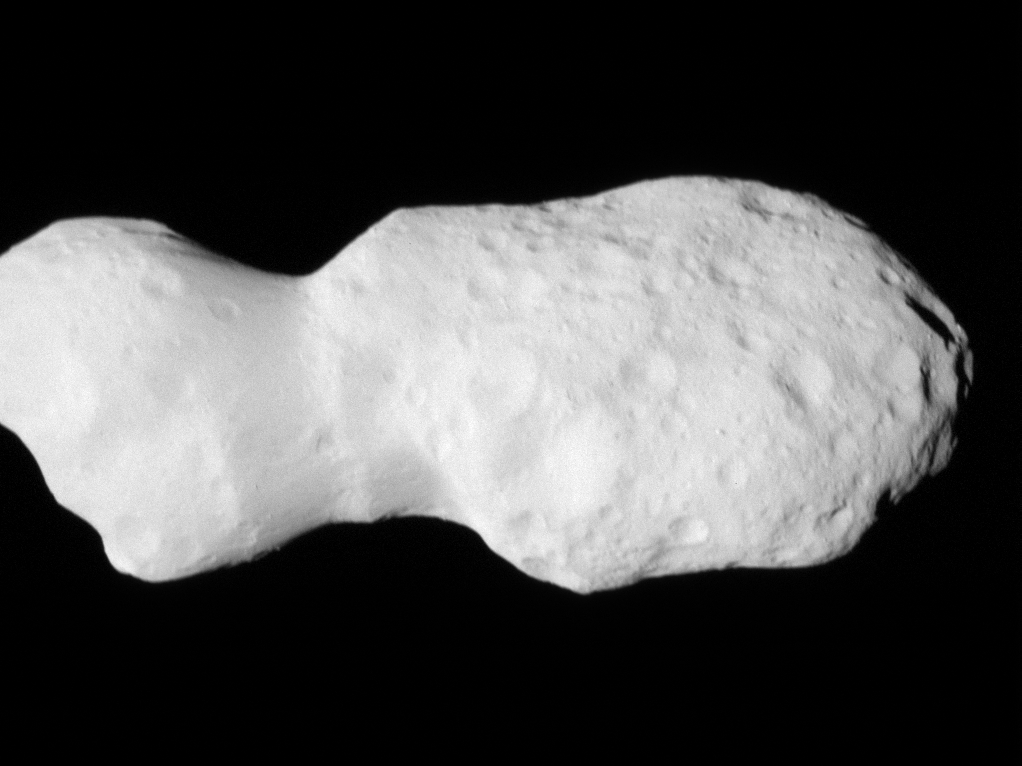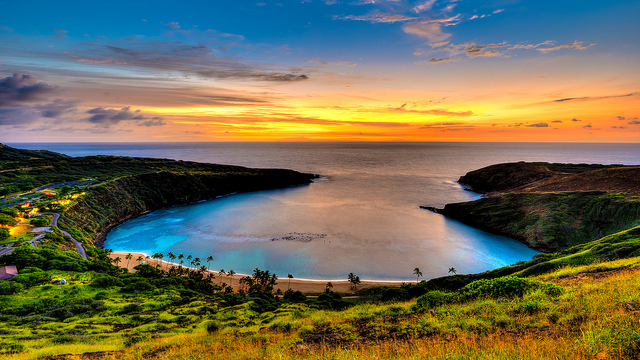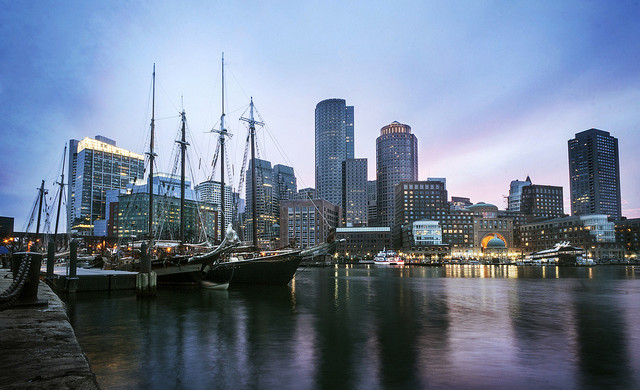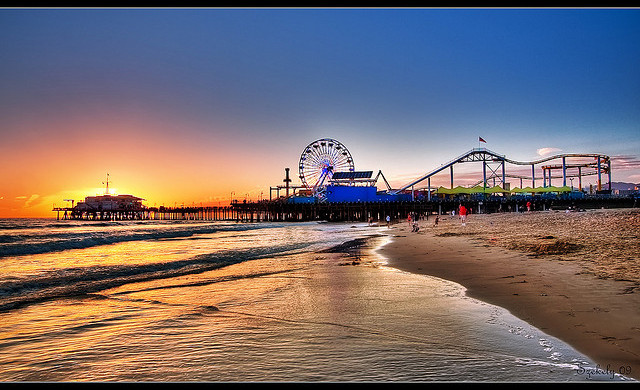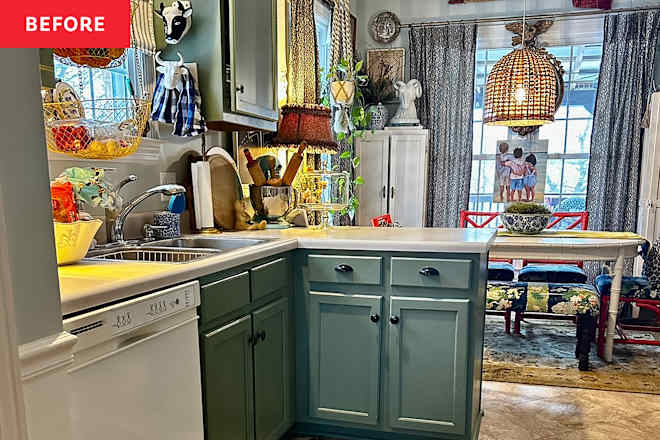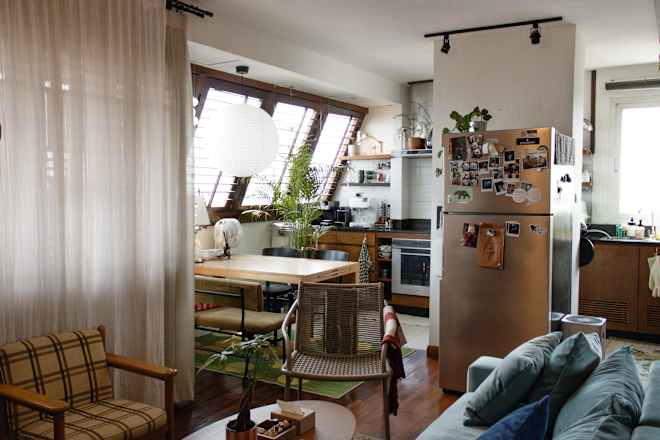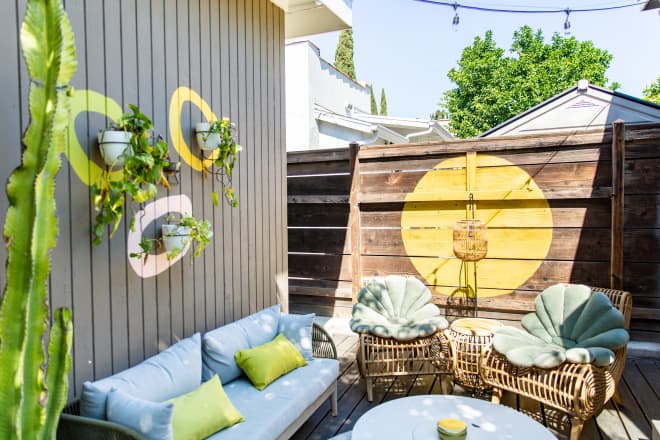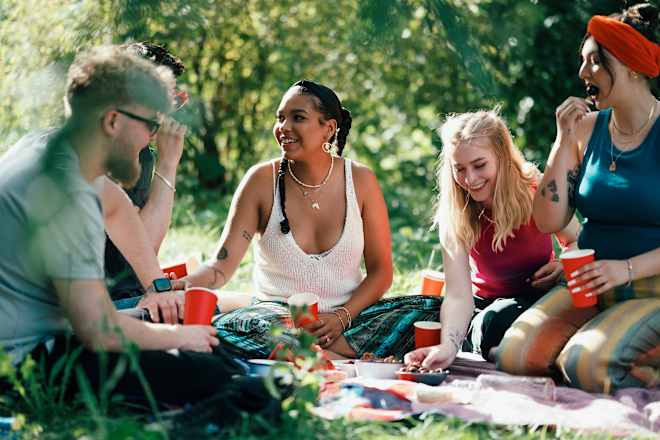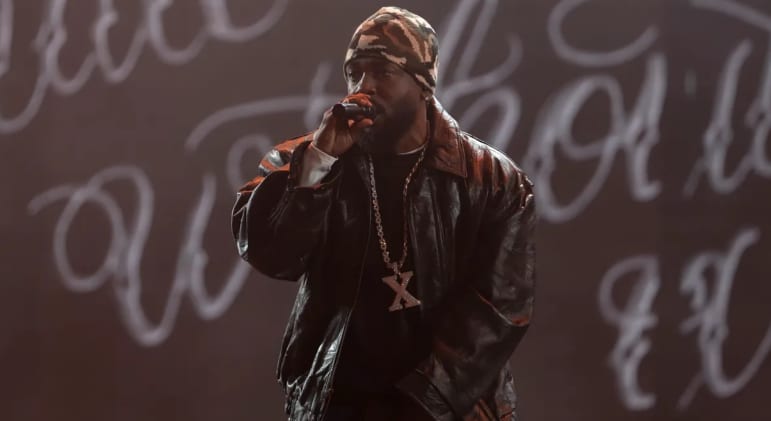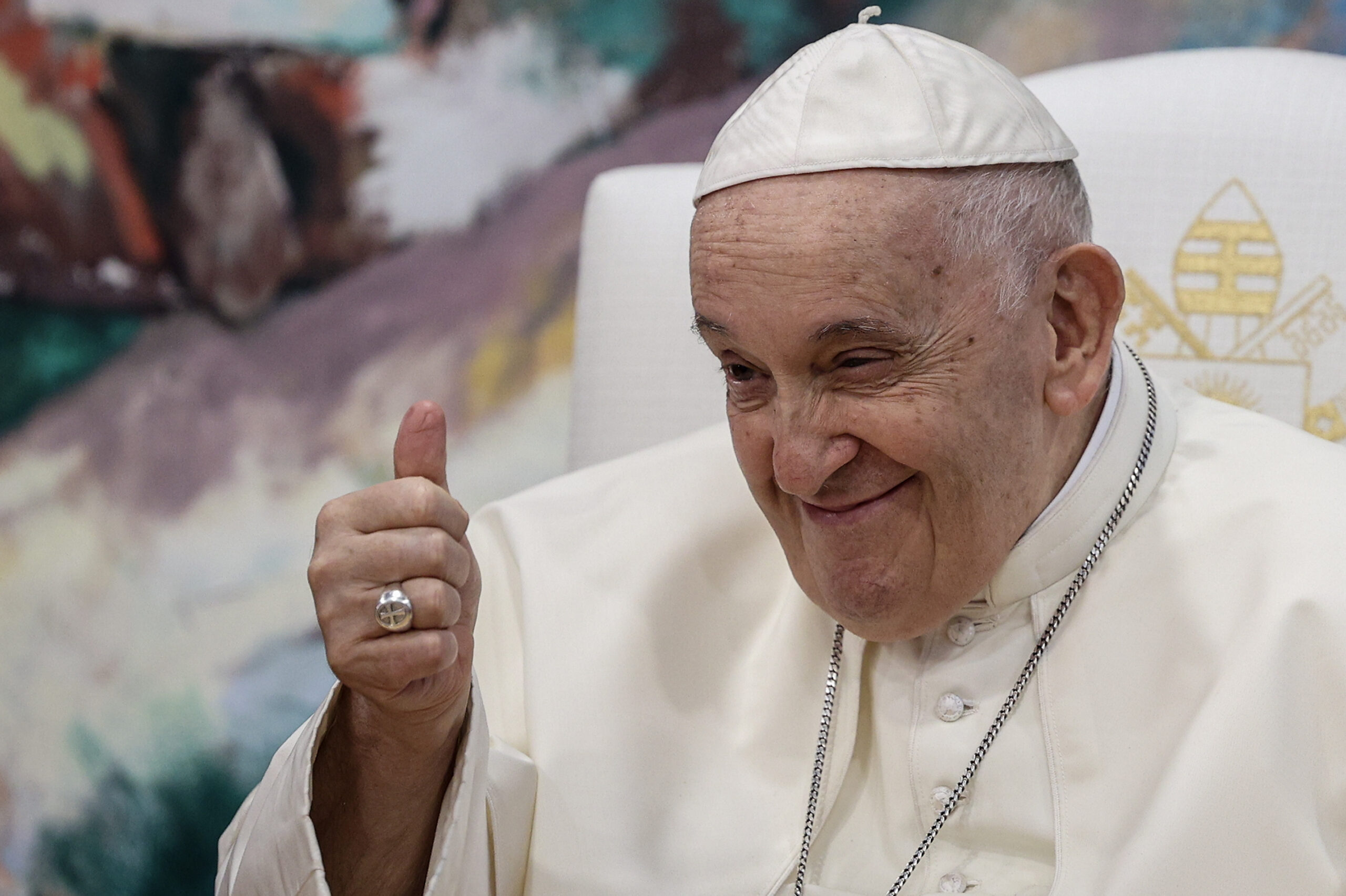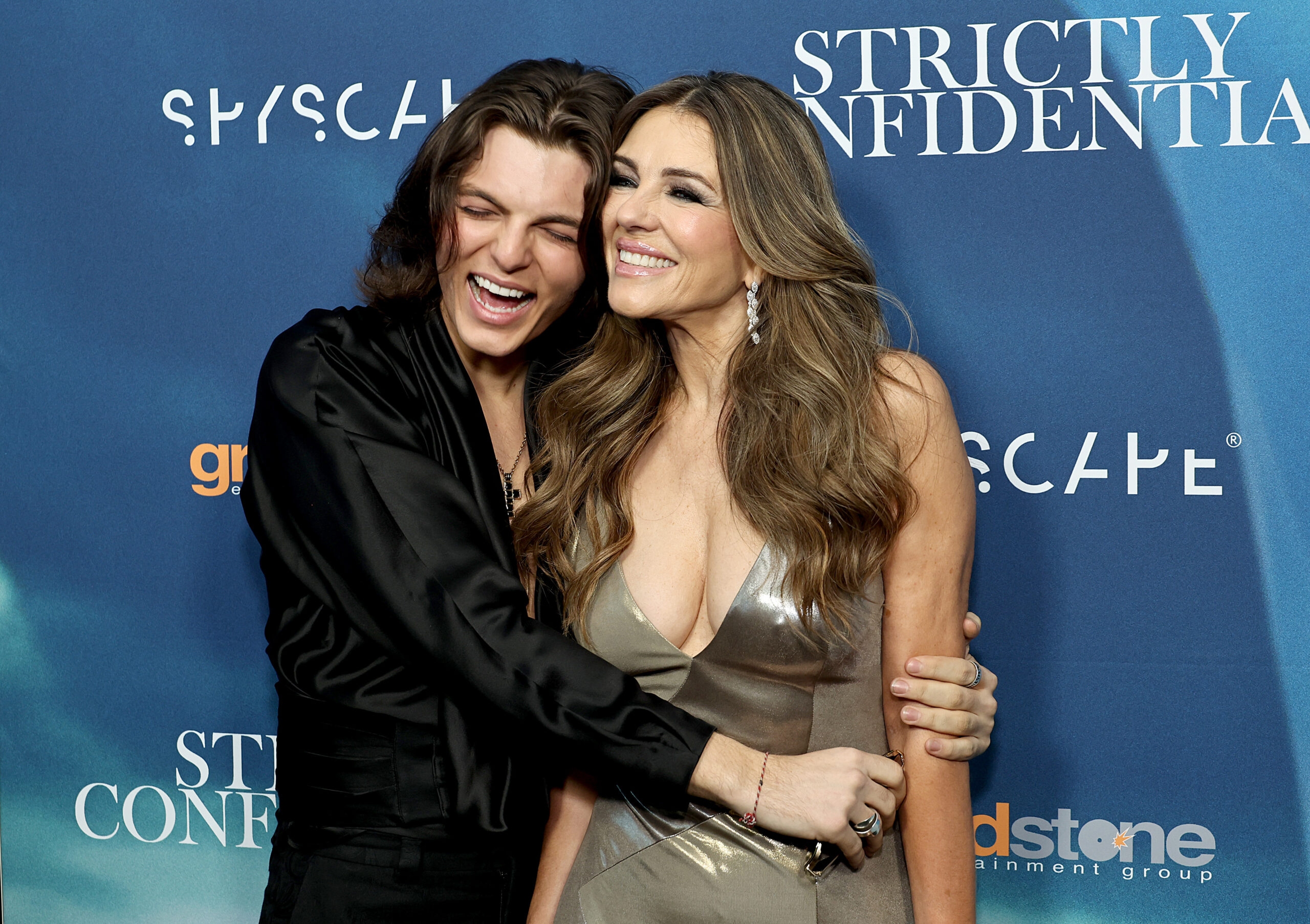How Coachella Turned a Quiet Valley Into a Global Cultural Hub
Some of the trendiest dining experiences in the country are now in the desert year-round.
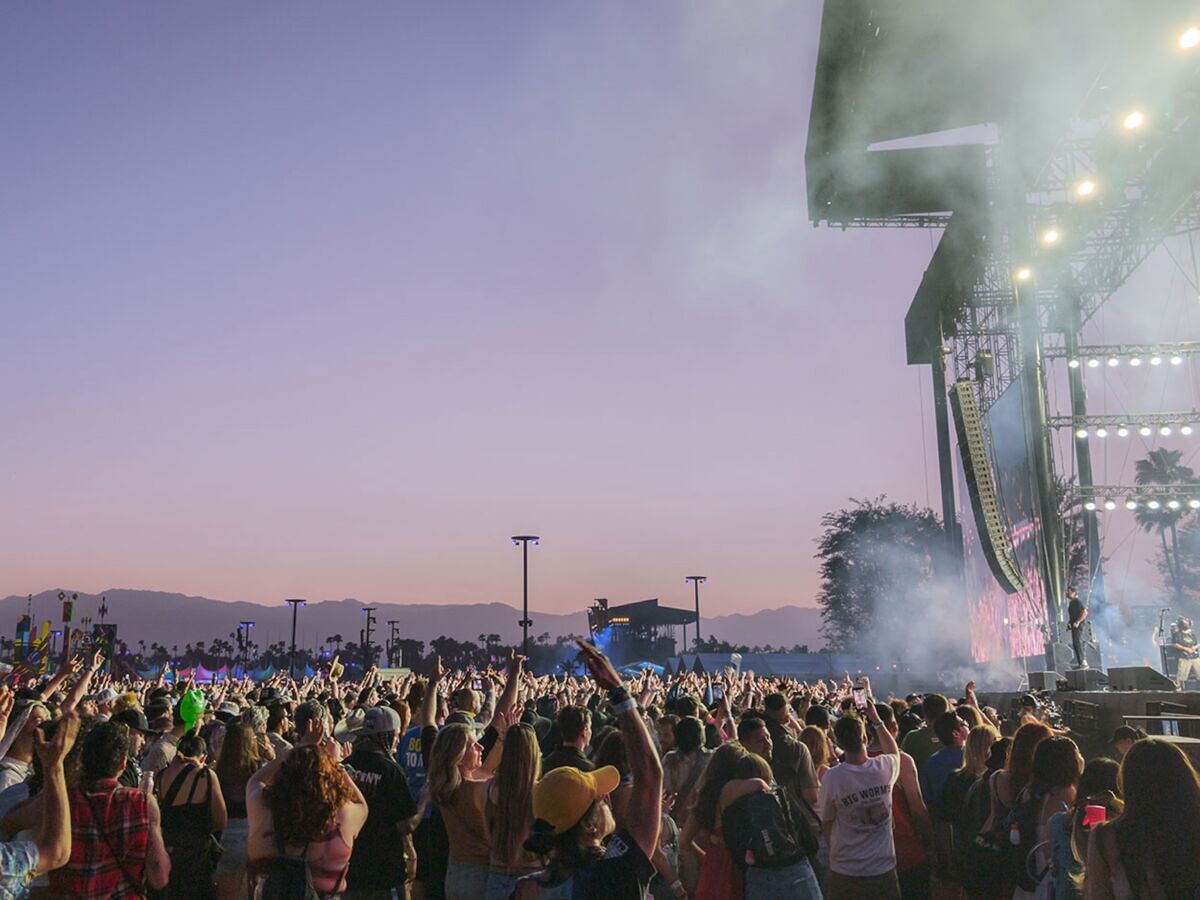
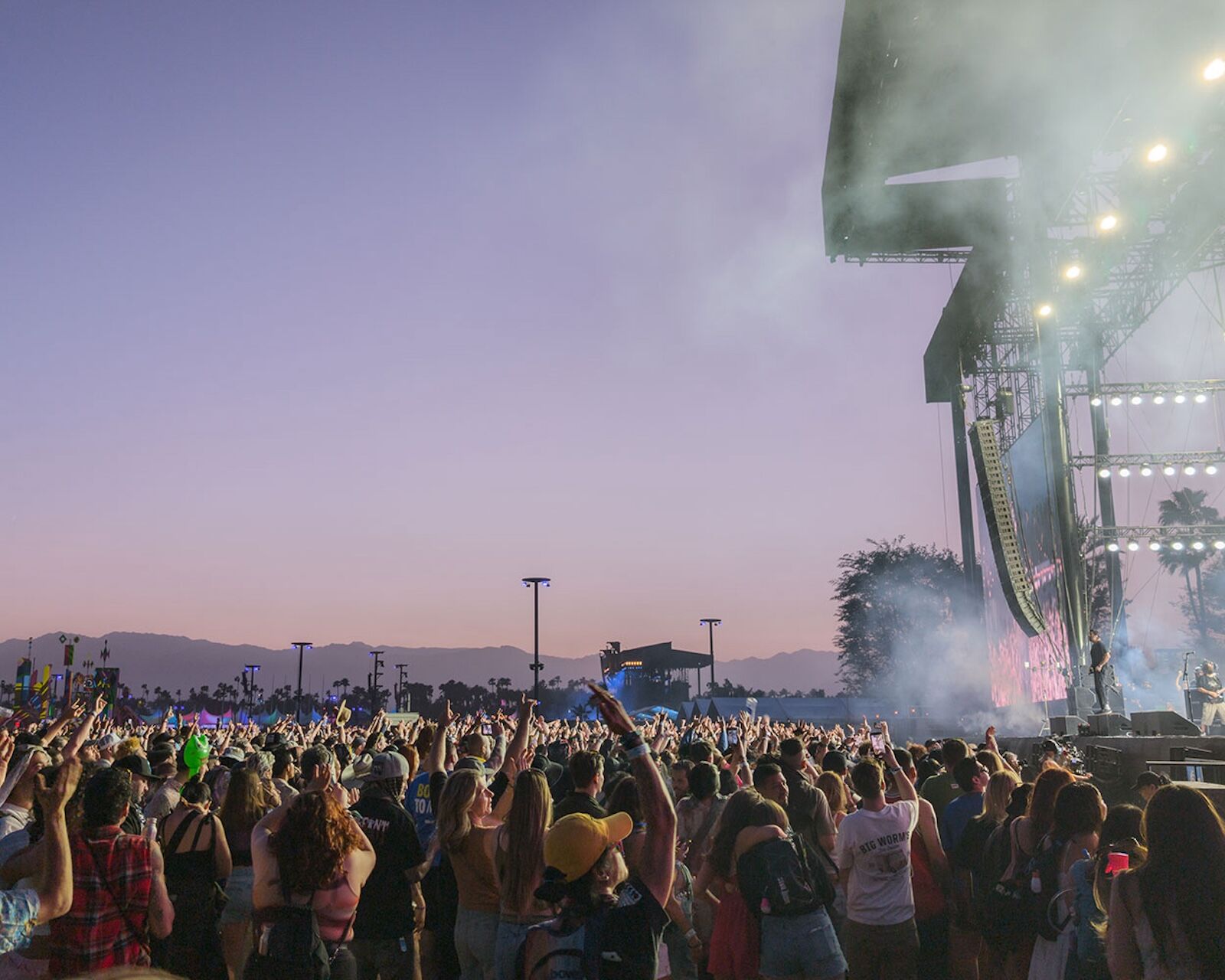
Considering its larger-than-life presence on social media, it’s hard to believe that the Coachella Valley Music and Arts Festival began with a modest 25,000 attendees and $50 ticket prices. Helmed by Southern California-based concert and music festival promoter Goldenvoice, the festival was co-founded by Paul Tollett and Rick Van Santen in 1999. In that fledgling first year, alternative music fans descended upon the pristine Empire Polo Club to watch acts that included Beck and Rage Against the Machine.
Since then, the music festival has expanded into a six-day festival spread over two weekends, each driven by brand activations, fashion trends, and culinary creations from some of the country’s best chefs. Now, more than 100,000 people swarm the desert every April, decked out in western wear, glow-in-the dark bodices, crop tops, sportswear, and ubiquitous flower crowns. It’s a festival to see and be seen, where coveted passes grant access to performances by artists like Beyoncé, Madonna, Daft Punk, and the late Prince.
Just as impressive as some of its musical acts over the years is Coachella’s stellar food and beverage lineup; it’s made the Valley a culinary destination in its own right. In 2025, more than 75 bars and restaurants will claim their spots on grassy knolls and behind teeming garden walls. Tijuana-style tacos by Tacos 1986, burgers from Michelin-starred Camphor, Szechuan garlic noodles from Bang Bang Noodles, and birria from pop-up concept The Goat Mafia will all be served next to hidden speakeasies from Mixteca (and the team behind New York City’s PDT), among other hip, exclusive pop-up venues. Outstanding In The Field, Jim Denevan’s coveted family-style, farm-to-table culinary experience, will make its tenth appearance at the festival in the idyllic VIP Rose Garden.
Indeed, Coachella’s grown into a fool-proof formula, guaranteed to create buzzing performances and experiences that make for good headlines. As the festival nears its 25th anniversary, the impact it’s had on the region has been massive. “When Coachella launched in 1999, it was seen as an ambitious experiment. Now, it’s a cultural institution that brings hundreds of thousands of visitors to the desert each year,” says Adrian Garcia, Food & Beverage beverage director for Goldenvoice Festivals. He says that beyond the festival’s immediate economic boost to towns, hotels, and restaurants, the festival’s culinary and cultural offerings have had a long-term impact on the region’s visibility. “It’s helped reshape how people think about the Coachella Valley, not just as a seasonal escape, but as a year-round destination for art, food, and global culture,” he adds.
Located about two hours from Los Angeles via car, the Coachella Valley includes Coachella, Palm Springs, Palm Desert, and Indio, where the festival takes place. As a California native, I grew up making the drive there on the I-10 long before the concert series was a thing. Years later, I’m still amazed by how much the festival has become part of the region’s identity and sparked a rise in tourism in ways that no SoCal native could have predicted.
At the end of 2024, United Airlines launched nonstop service from Washington, DC’s Dulles International Airport to Palm Springs International Airport. Semi-private jet company JSX added limited flights from Hollywood Burbank Airport near LA to Jacqueline Cochran Regional Airport, about 20 minutes from Indio. Last year, the highly anticipated Thompson Palm Springs by Hyatt opened with 168 bungalow-style accommodations on a covered corner downtown, and a slew of gorgeous boutique hotels with quintessential desert design have also gotten shiny new exteriors, including The Cactai and Terra Palm Springs. Newly opened wine bars showcasing varietals from around the world include Perry’s Fine Wines & Liquor, and chef Kristin Puttkamer’s Canopy Wine Lounge (two of my favorites). On the weekends, the Valley’s legacy as a welcoming LGBTQIA+ destination shines at Reforma’s always-entertaining drag brunch, hosted by Epiphany Kali.
But the influx of hip and trendy city eateries hasn’t replaced the region’s food scene – it’s added to it. In Coachella, about a 10-minute drive from the festival grounds, multi-generational Mexican American culture remains rooted and strong on ancient Native American territory. Sixth Street Coffee serves up an award-winning horchata, and Daniel Mata’s vintage finds at his store Return of the Goods is a great place to source your concert outfits while supporting a local business. Vibrant murals of Chicano history unfurl on city blocks and have inspired a self-guided walking tour produced by artist Armando Lerma and curator Medvin Sobio.
Businesses like these should give visitors more than enough reason to travel to the Valley for reasons other than just the music. Sure, the festival may have driven an uptick in tourism, but it’s the community that’s always existed that makes the place special. And it’s the regional community that helped build Coachella, as the festival started with humble roots and local businesses. Now, the festival can help amplify those local businesses and offerings to a global audience.
“The influence of Coachella extends far beyond the festival grounds,” says Garcia.” It’s become a cultural touchstone that draws global attention to the Coachella Valley each year. The relationships we’ve built with local partners, artists, and small businesses over the years are what make the festival what it is.” ![]()










![From fast food worker to cybersecurity engineer with Tae'lur Alexis [Podcast #169]](https://cdn.hashnode.com/res/hashnode/image/upload/v1745242807605/8a6cf71c-144f-4c91-9532-62d7c92c0f65.png?#)













